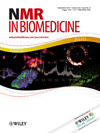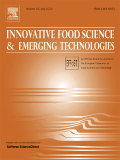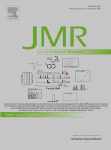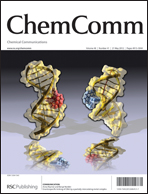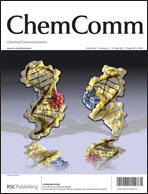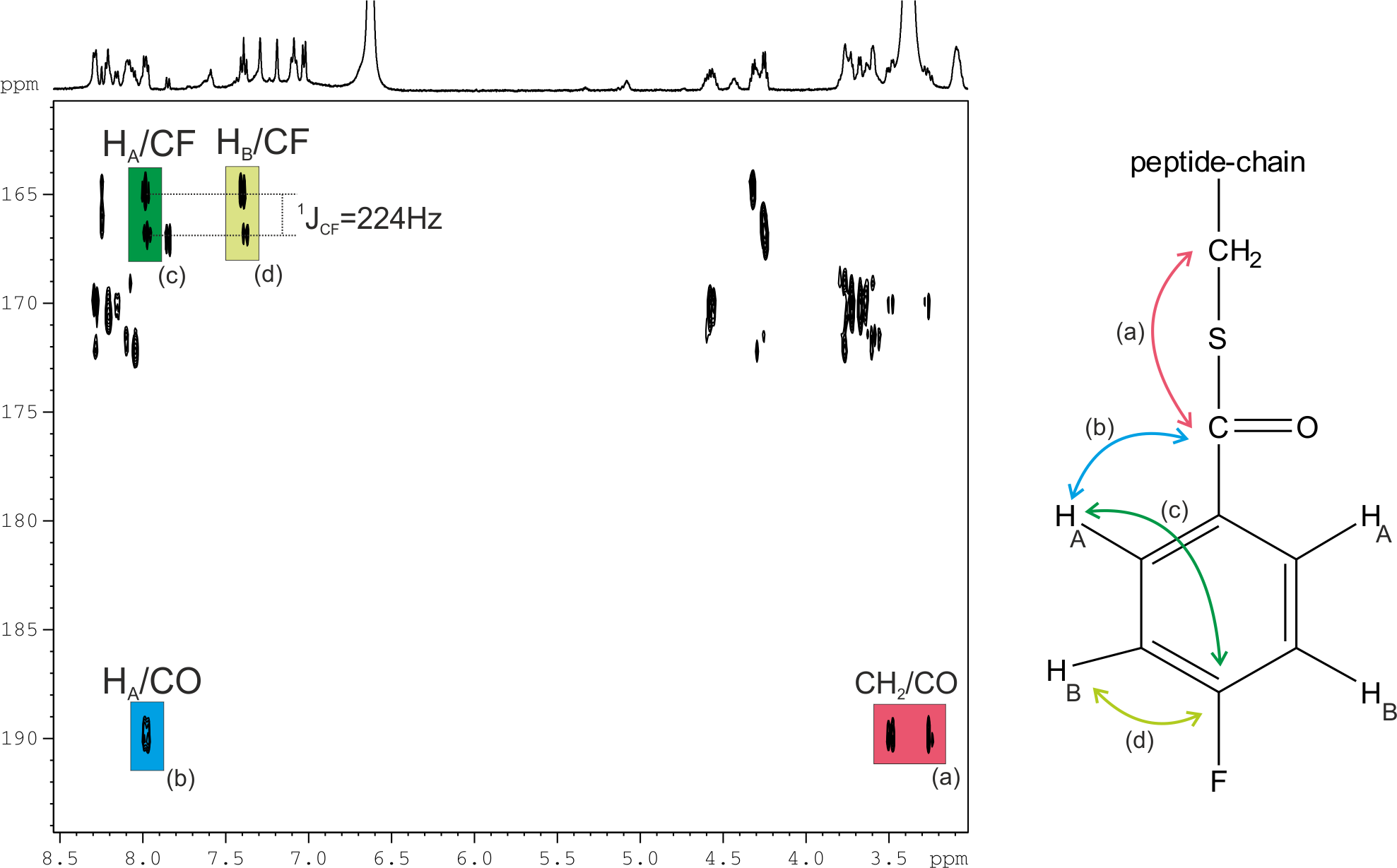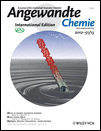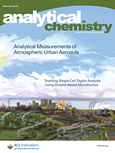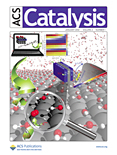 “Changes in soil bacterial community: diversity, composition and function triggered by drought-induced gap succession preceded changes in soil C stocks and quality ” Curiel-Yuste J., Barba J., Fernandez-Gonzalez A.J., Fernandez-Lopez M., Mattana S., Martinez-Vilalta J., Pau Nolis, Lloret F. Ecology and Evolution. Accepted 2012.
“Changes in soil bacterial community: diversity, composition and function triggered by drought-induced gap succession preceded changes in soil C stocks and quality ” Curiel-Yuste J., Barba J., Fernandez-Gonzalez A.J., Fernandez-Lopez M., Mattana S., Martinez-Vilalta J., Pau Nolis, Lloret F. Ecology and Evolution. Accepted 2012.
We investigated soil bacterial taxonomic composition, soil respiration and soil organic matter quantity and quality in a mixed Mediterranean forest where the Scots pine (Pinus sylvestris) population is affected by climatic drought-induced die-off, and replaced by Holm-oak (Quercus ilex) populations as the dominant tree species. Continue reading Organic composition in soil studied by solid state NMR
